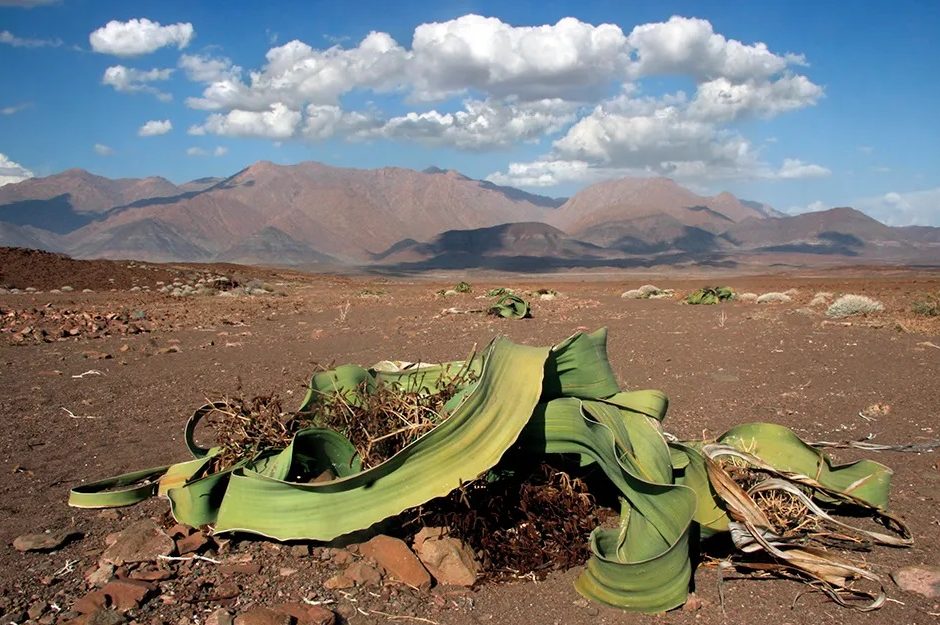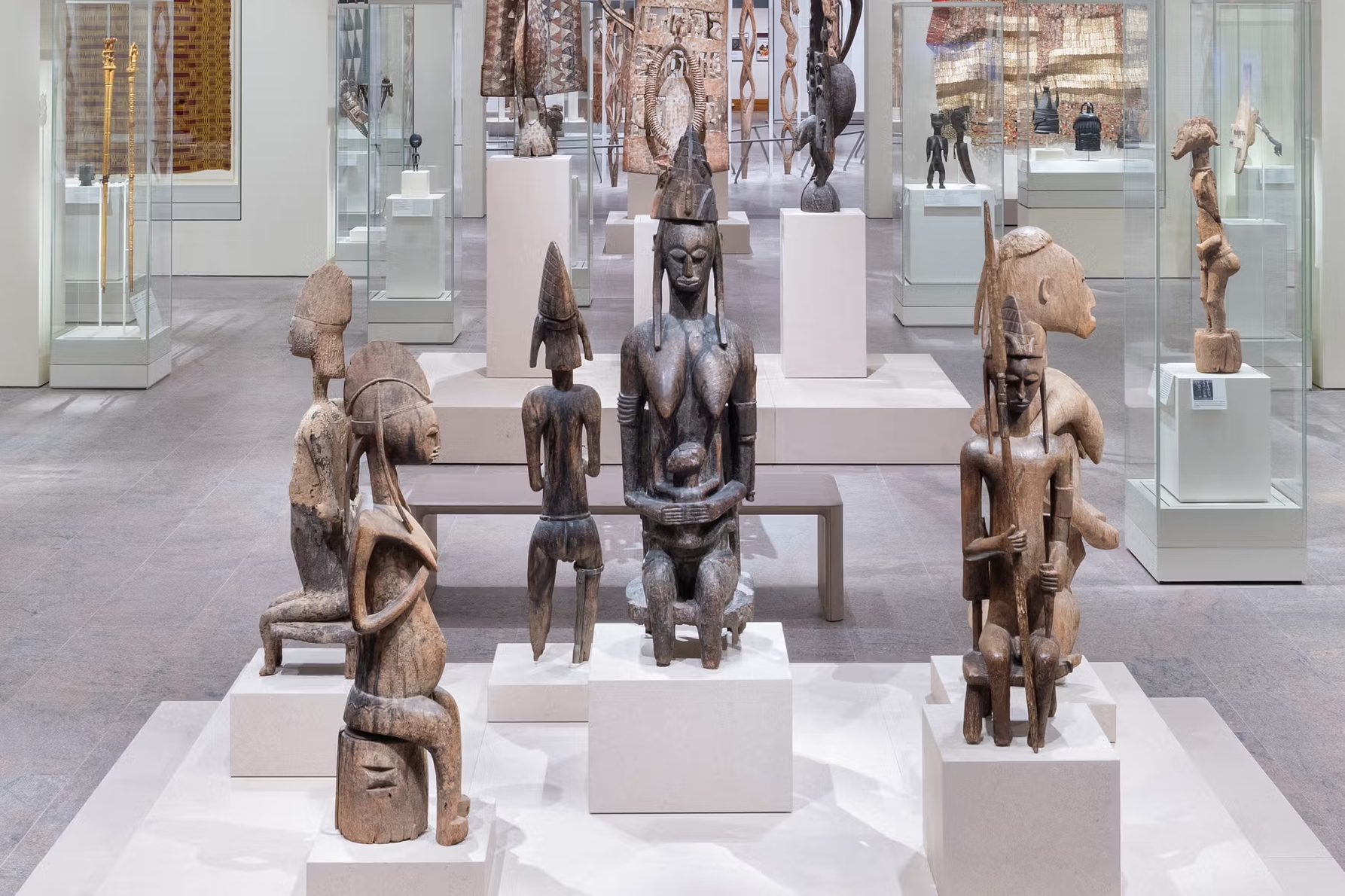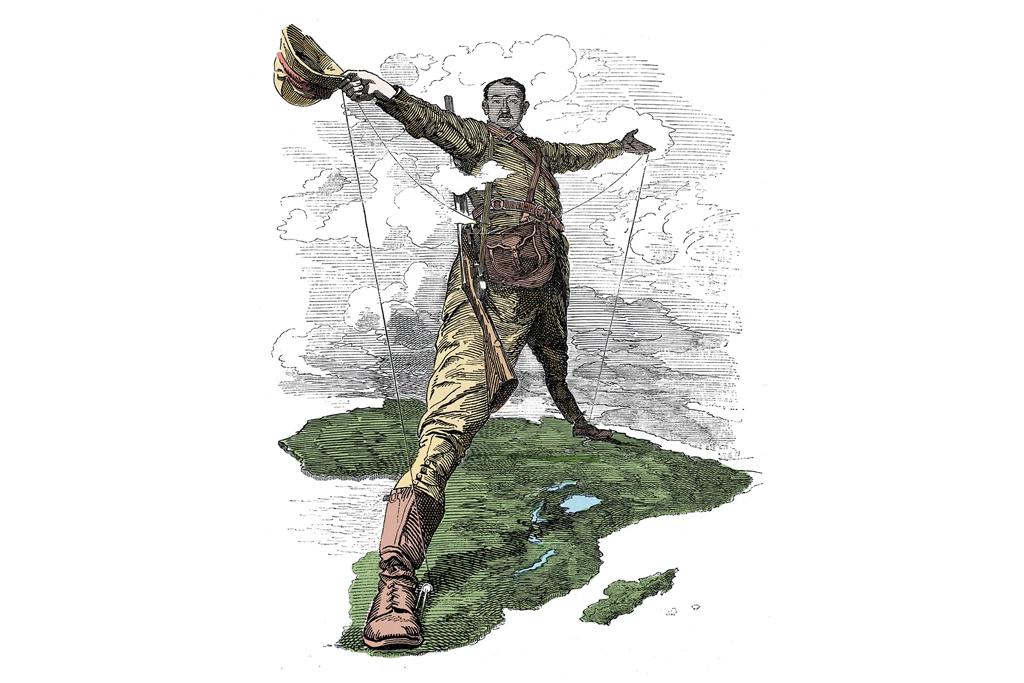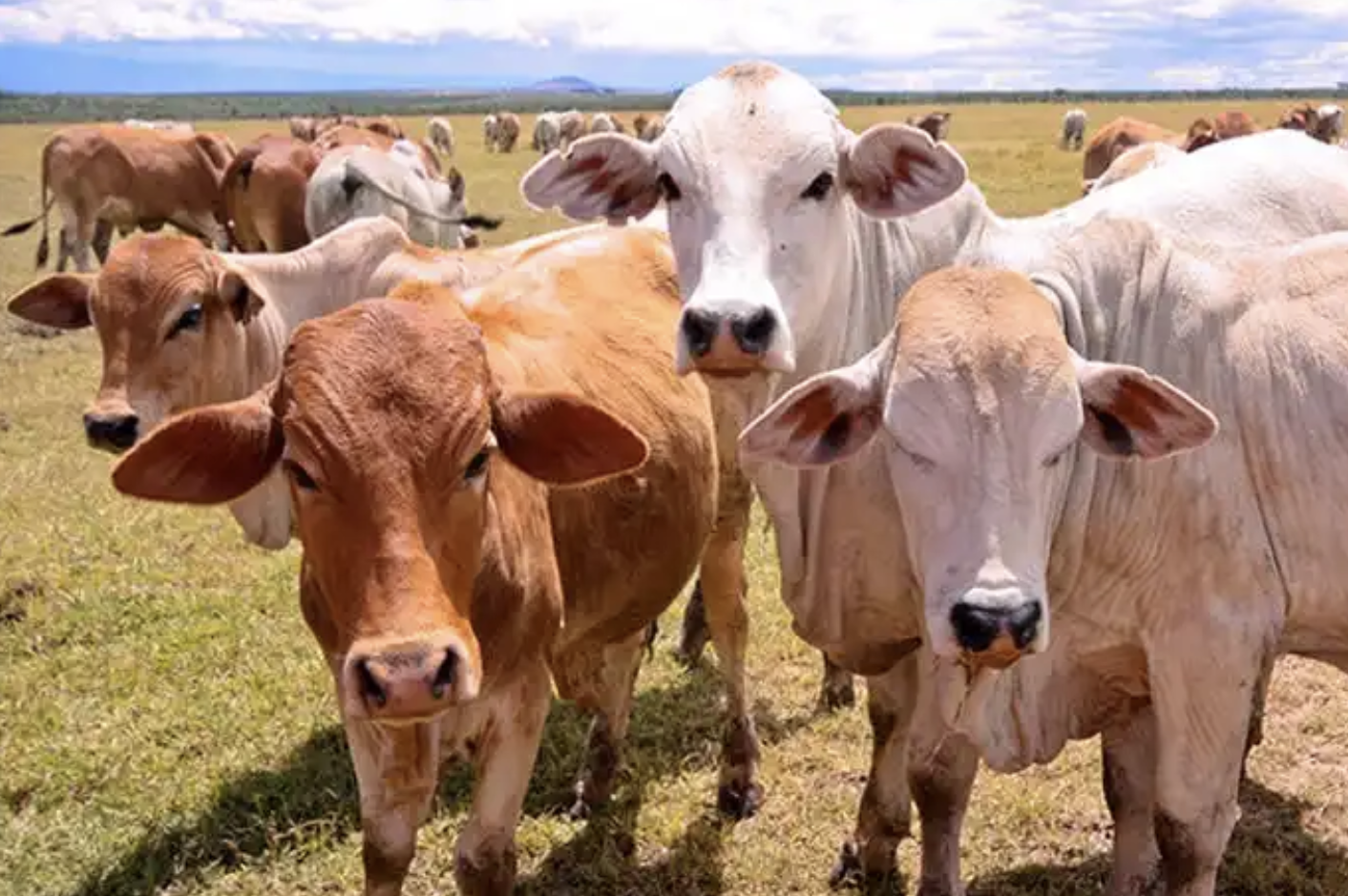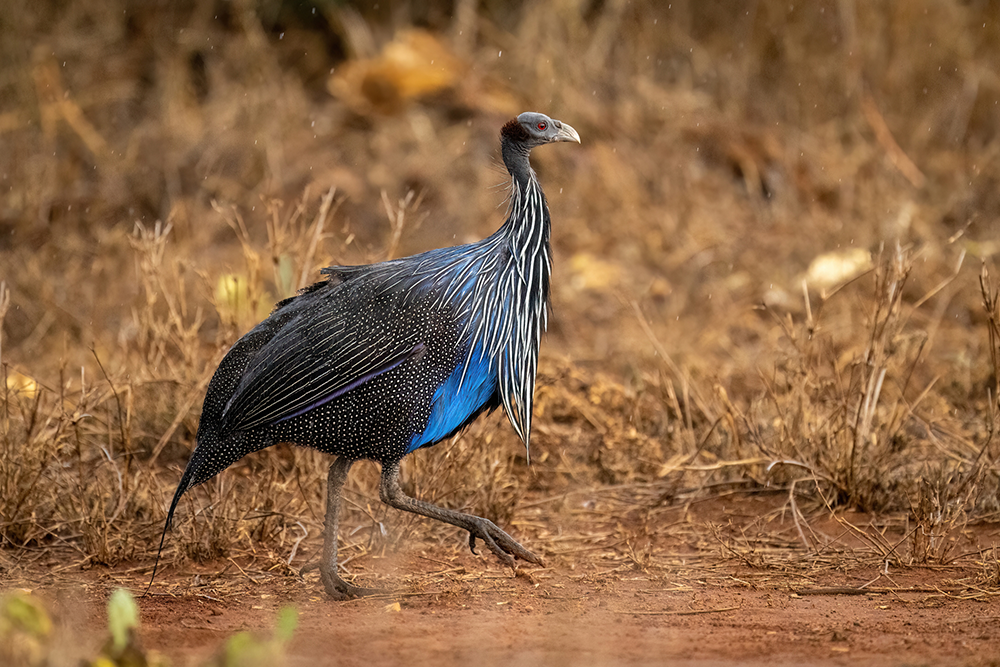Iona, Angola
East of the gulps of cormorants along the Skeleton Coast by the Ilha da Baia dos Tigres, Atlantic mists are rolling in across the Angolan desert. A red, alien sun dips towards the horizon and I’m crouching down on the sand, with my face close to the oldest living thing on our planet.
If the oldest living thing in the world dies, that’s not a cheery message for the rest of the planet
Some say the Welwitschia mirabilis plant, which can grow for 2,000 years, looks like an octopus, with its green leaves spreading like tentacles in a circle. In Afrikaans it’s apparently known as the “tweeblaarkanniedood” — two leaves that will not die. Though it can grow to be as large as a discarded tractor tire, it really does have just two leaves that grow by less than an inch each year out of a woody meristem, fraying and splitting and dying as they work their way across the sand. To me, the two lips of the woody meristem resemble a giant and ancient vagina — a western Africa rejoinder to the Coco de Mer of the Seychelles — but perhaps that’s just me. “The most wonderful plant ever brought to the country and one of the ugliest,” said the head of Kew Gardens during the reign of Queen Victoria.
Across the frontier in Namibia, they guard each and every Welwitschia very carefully but here in Angola they seem to be scattered all over the place across the arid plains. Angola, a man tells me, is “the Namib desert on steroids.” It very rarely rains here but the plant lives off clouds of fog that waft in from the cold ocean and it sucks up any moisture it can from a huge tap root. It’s like a vegetable iceberg, so much of it grows beneath the surface.
The desert is home to the occasional wild creature that chews its leaves when the grass runs out. Passing members of the Himba tribe will eat the seed pods, which are as sweet as honey, while their cattle gorge on the leathery green leaves to get a little moisture and goodness. Eat the leaves down to the base and the whole thing will die, just like that.
It seems an extraordinary thing, that a Welwitschia plant could sprout soon after Christ’s birth, make it through all of history’s dramas and then just as humans manage to send a rocket to the Moon, a zebra or a cow comes along and chews it to bits.
Unsurprisingly, we are now being told that climate change is causing all sorts of new threats to the survival of the Welwitschia mirabilis. Presumably if the oldest living thing in the world dies, then that’s not a cheery message for the rest of us on the planet. Right now as I sit on the sand surrounded by these scrawny green things, contemplating my life on the cusp of sixty, they all look pretty determined, against all odds, to make it through several more centuries and see the rise and fall of many more civilizations before getting chewed up by an unkind or careless black rhinoceros in the year 3,000 AD.
At night in the Iona desert, the scorpions glow fluorescent blue under a black light and they are everywhere. Before dawn I climb a rocky hill, finding plants vaguely familiar from home in Kenya, but stunted and twisted by the harsh climate: myrrh trees, wild capers and euphorbias. There are very few birds but I can see the spoor and dung of springbok and other living things that somehow survive in this moonscape.
At the summit of the hill I watch a fiery red sun rise over blankets of mist that evaporate like breath off a knife’s blade, revealing a desertscape where there is very little life apart from things that sting or scuttle. Most of the mammals got eaten or blown up in the war that ravaged this place for decades.
It took thirty-six hours and several airport connections for me to arrive here in Angola from my home on the farm in Kenya. Africa is this vast place with such great variety and new things to discover. As a younger man I had a map of Africa, which I marked up, to show every road and place I visited, until eventually I gave up, realizing that I could never cover the whole continent or see everywhere I wanted to before I died. I’m trying to cover as much ground as I can, but I am not a Welwitschia mirabilis.
This article was originally published in The Spectator’s UK magazine. Subscribe to the World edition here.



